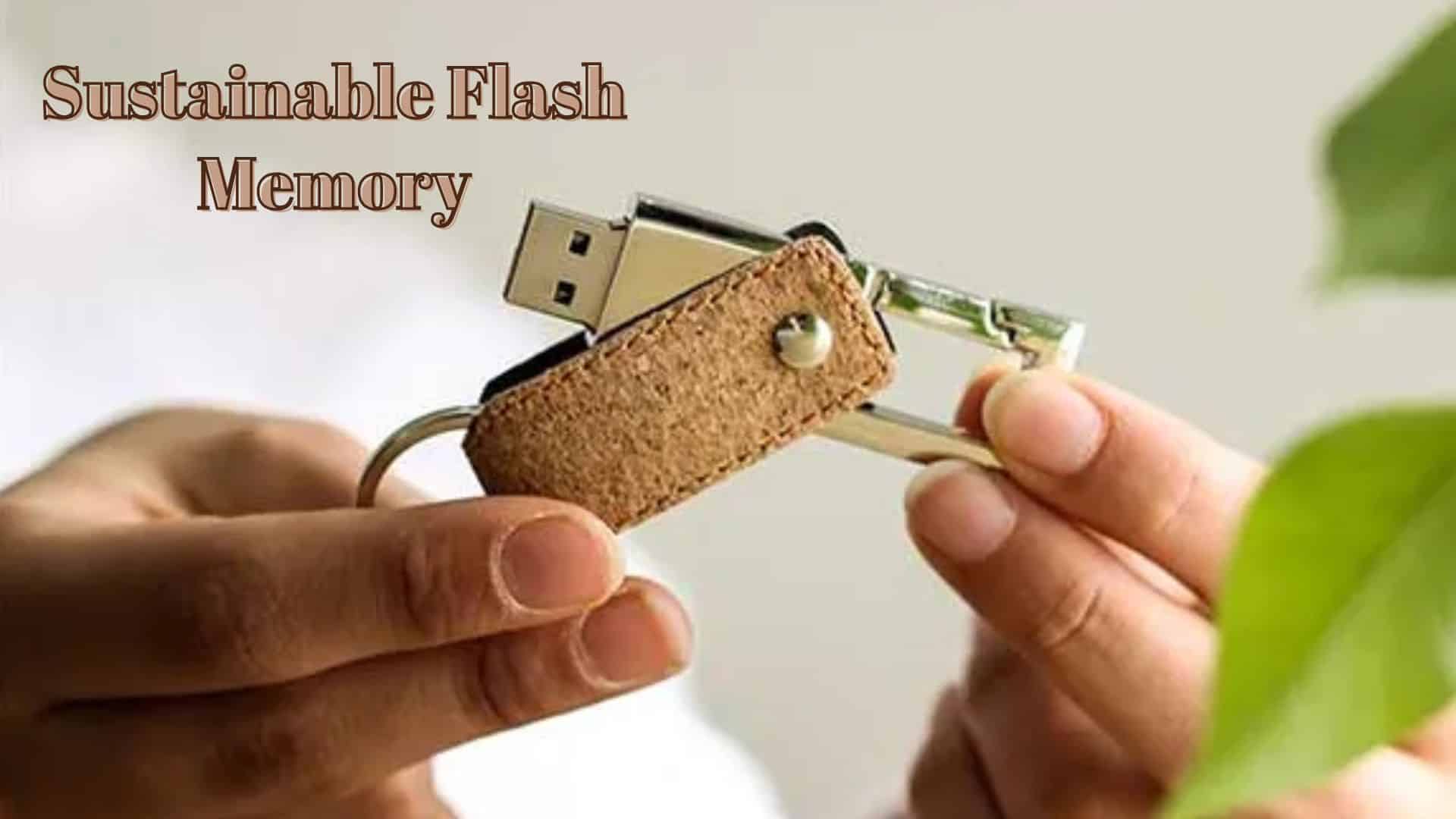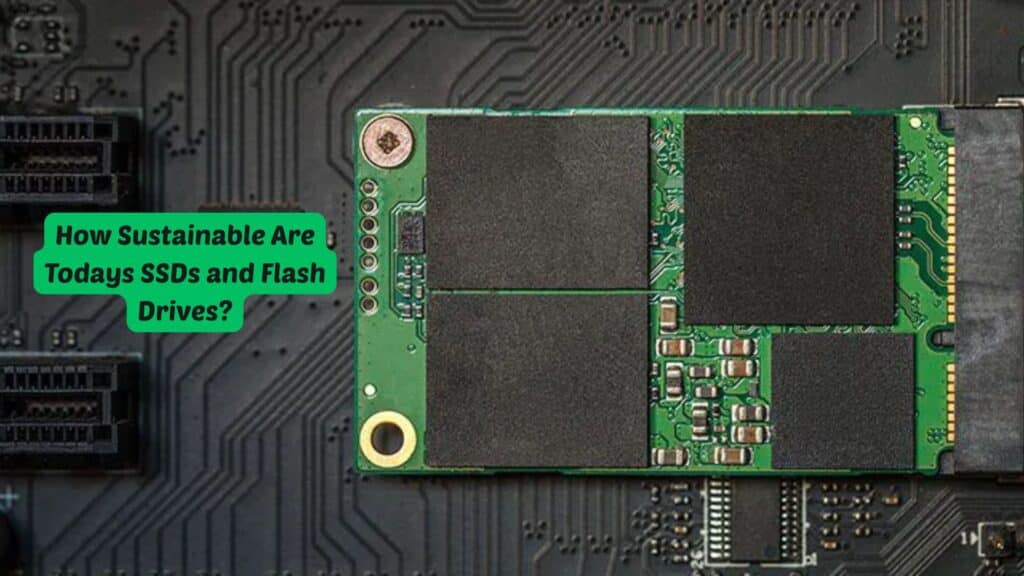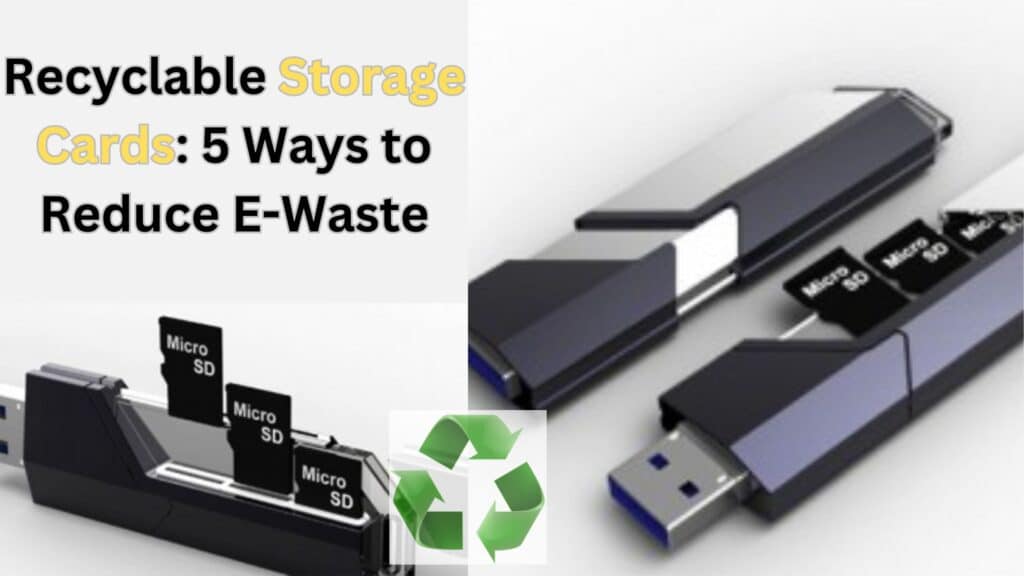Sustainable Flash Memory: Is There Such a Thing in 2025?

In today’s digital world, storage devices like a 32GB USB drive, USB 3.0 USB flash Memory drive, and personalized thumb drives have become essential tools for both personal and professional use. As technology advances, so does the demand for these flash memory products, leading to concerns about their environmental impact. While flash drives are small and convenient, their production and disposal contribute to electronic waste (e-waste) and resource depletion. But is there such a thing as sustainable flash memory? In this article, we explore the environmental impact of flash drives and whether sustainable alternatives exist.
The Environmental Impact of Flash Memory Drive
1. Raw Material Extraction
Flash drives contain materials like plastic, metal, and silicon, all of which require significant energy and resources to extract and process. The production of a 32GB USB drive involves mining rare earth metals, such as lithium and cobalt, as well as the refinement of silicon for NAND flash memory chips. These processes contribute to deforestation, water pollution, and carbon emissions.
Mining for these materials is particularly destructive. Cobalt and lithium mining, for instance, not only disrupt local ecosystems but also pose serious ethical concerns, including child labor and unsafe working conditions in some regions. The environmental and social impact of mining underscores the need for more responsible sourcing practices and alternative materials.
2. Manufacturing and Carbon Footprint
Producing a USB 3.0 USB flash drive requires complex manufacturing processes that generate greenhouse gases. The fabrication of semiconductors, which are essential for flash memory, is highly energy-intensive. Factories producing these components often rely on fossil fuels, increasing their carbon footprint.
Additionally, many factories operate in countries where energy comes primarily from coal or other non-renewable sources. This reliance on fossil fuels further amplifies the environmental impact. Sustainable manufacturers are now shifting toward cleaner energy solutions, such as solar and wind power, to mitigate their carbon footprint.
3. Electronic Waste (E-Waste)
With the rapid advancement of technology, old and obsolete personalized thumb drives are often discarded. Many users upgrade to larger storage capacities or newer models, leading to an accumulation of e-waste. Since flash drives contain non-biodegradable components, improper disposal can result in toxic chemicals leaching into soil and water.
E-waste is one of the fastest-growing waste streams worldwide. Unfortunately, many discarded flash drives end up in landfills or are incinerated, releasing harmful substances such as lead, cadmium, and brominated flame retardants into the environment. Proper recycling and responsible disposal are critical to minimizing these risks.
Are There Sustainable Alternatives for Flash Memory?
1. Recycled and Biodegradable Materials
Some manufacturers are now producing flash drives with recycled plastic, bamboo, and other eco-friendly materials. A 32GB USB drive made from recycled materials reduces the demand for virgin plastic and minimizes environmental impact. Biodegradable casings further help in reducing waste accumulation.
Companies specializing in eco-friendly electronics are exploring innovative materials like bioplastics derived from corn or hemp, which break down more easily than conventional plastics. These developments signal a promising shift toward more sustainable storage solutions.
2. Energy-Efficient Manufacturing
To address sustainability concerns, some companies are adopting energy-efficient manufacturing practices. Green-certified factories use renewable energy sources, such as solar and wind power, to produce USB 3.0 USB flash drives with a lower carbon footprint. Consumers should look for eco-labels like Energy Star or certifications from sustainability organizations when purchasing flash drives.
Energy-efficient production also includes minimizing water usage and reducing waste by implementing circular economy principles—where materials are reused and repurposed rather than discarded after a single use.
3. Extended Lifespan and Durability
One of the most effective ways to promote sustainability is by extending the lifespan of products. High-quality personalized thumb drives with robust construction last longer and reduce the need for frequent replacements. Some manufacturers are focusing on durability by designing water-resistant, shockproof, and heat-resistant flash drives.
Durability is particularly important for corporate giveaways and promotional USB drives. When companies invest in high-quality products, they not only reduce environmental impact but also provide more value to recipients.
4. Data Storage Alternatives
Cloud storage solutions offer a more sustainable alternative to physical flash drives. Instead of frequently purchasing new 32GB USB drives, users can store data on cloud platforms, reducing electronic waste. However, cloud data centers also consume energy, making it essential to choose providers that use renewable energy sources.
Some experts argue that cloud storage is not a perfect solution, as massive data centers require extensive cooling and power consumption. However, cloud service providers like Google, Amazon, and Microsoft are investing in carbon-neutral and renewable energy projects to offset their environmental impact.
How Consumers Can Contribute to Sustainability
1. Reuse and Repurpose Flash Drives
Instead of discarding old USB 3.0 USB flash drives, consumers can repurpose them for backups, portable apps, or emergency storage. Companies can also encourage reuse by offering trade-in programs where customers can exchange old flash drives for discounts on newer, eco-friendly models.
2. Recycle Responsibly
Proper e-waste recycling prevents harmful materials from ending up in landfills. Many electronic retailers and recycling programs accept old personalized thumb drives and other small electronic devices. Consumers should research certified e-waste recycling centers to ensure responsible disposal.
3. Choose Sustainable Brands
Supporting manufacturers that prioritize sustainability encourages the industry to adopt greener practices. When purchasing a 32GB USB drive, consumers should look for companies that use recycled materials, ethical sourcing, and energy-efficient production methods.
4. Reduce Unnecessary Purchases
One way to minimize environmental impact is to avoid excessive buying of USB 3.0 USB flash drives. Instead of frequently upgrading to the latest model, consumers should invest in high-quality, high-capacity drives that meet their long-term storage needs.
5. Participate in E-Waste Initiatives
Governments and environmental organizations regularly run campaigns to collect and recycle e-waste. Consumers can participate in these initiatives by donating old flash drives to refurbishment programs that distribute them to schools and nonprofits in need.
The Future of Sustainable Flash Memory
The push for sustainable technology is driving innovation in flash memory manufacturing. Researchers are exploring new materials, such as organic semiconductors and carbon-based alternatives, to reduce the environmental impact of storage devices. Companies are also developing modular personalized thumb drives, where users can upgrade storage capacity without discarding the entire device.
Governments and organizations worldwide are implementing stricter regulations on electronic waste management. Extended producer responsibility (EPR) policies require manufacturers to take back and recycle old electronics, including flash drives. These initiatives encourage brands to design products with sustainability in mind.
Conclusion
While traditional flash memory products have significant environmental drawbacks, sustainable alternatives are emerging. Eco-friendly materials, energy-efficient manufacturing, and responsible recycling practices can help reduce the impact of 32GB USB drives, USB 3.0 USB flash drives, and personalized thumb drives on the environment. As consumers, making conscious choices—such as reusing, recycling, and supporting sustainable brands—can drive positive change in the industry. By adopting greener practices, both manufacturers and consumers can contribute to a more sustainable future for flash memory technology.




